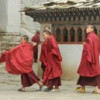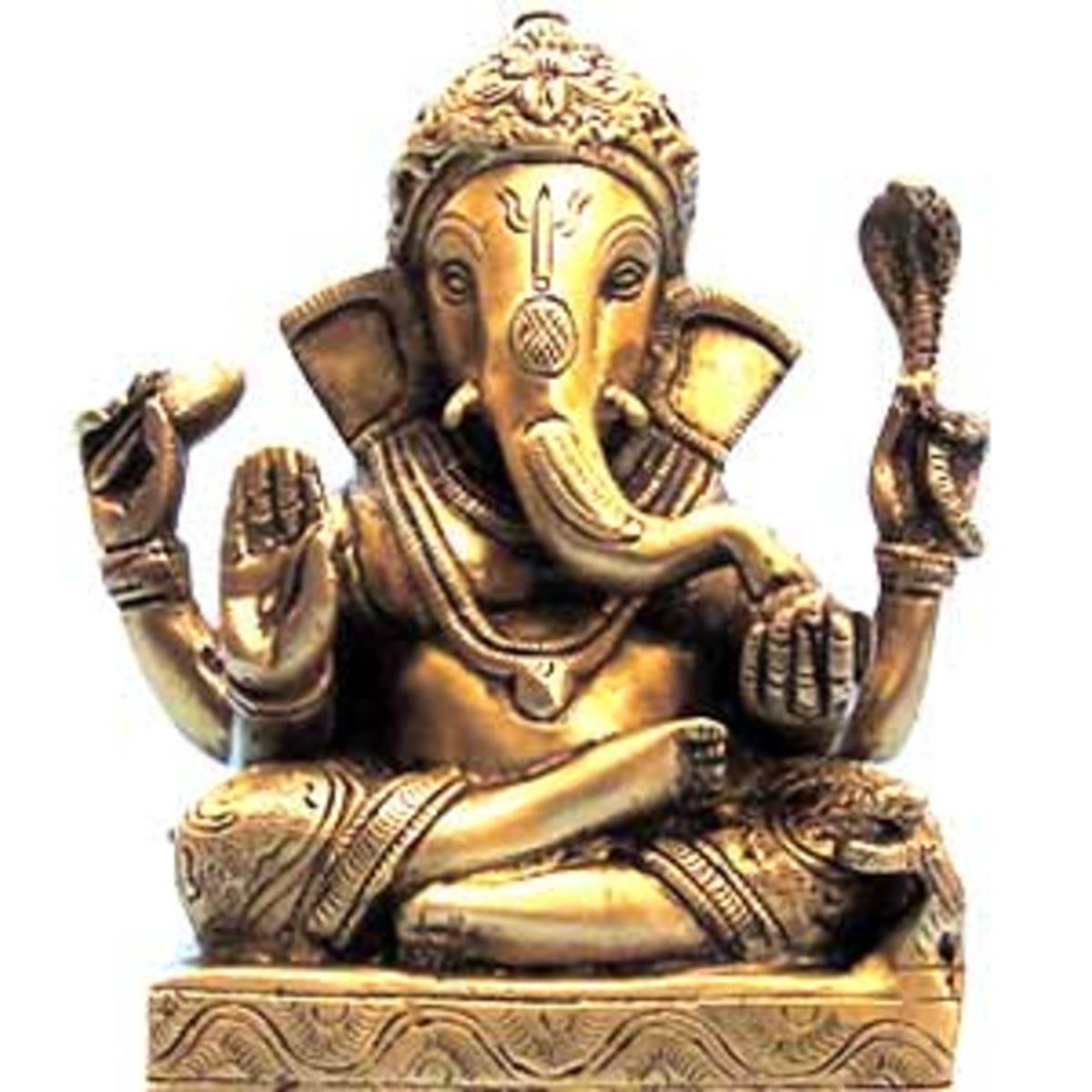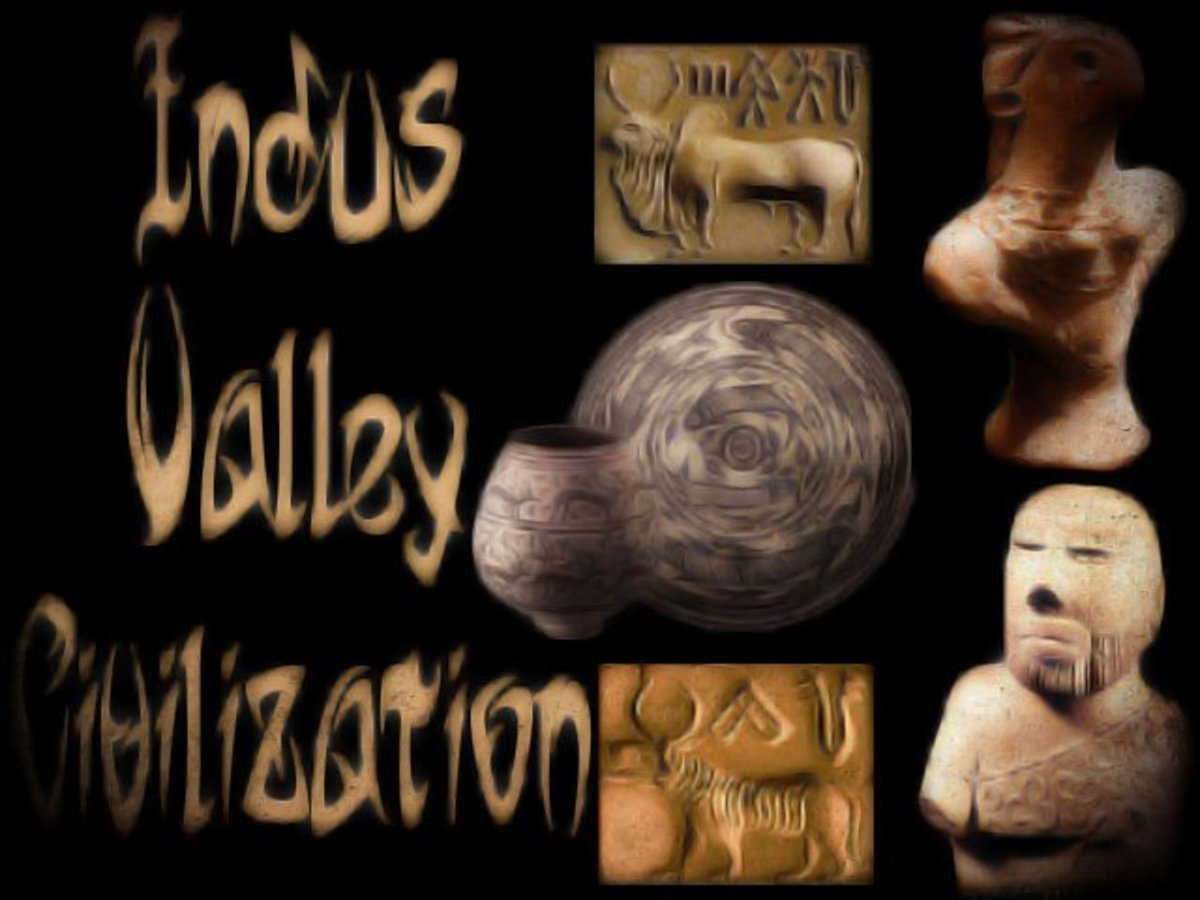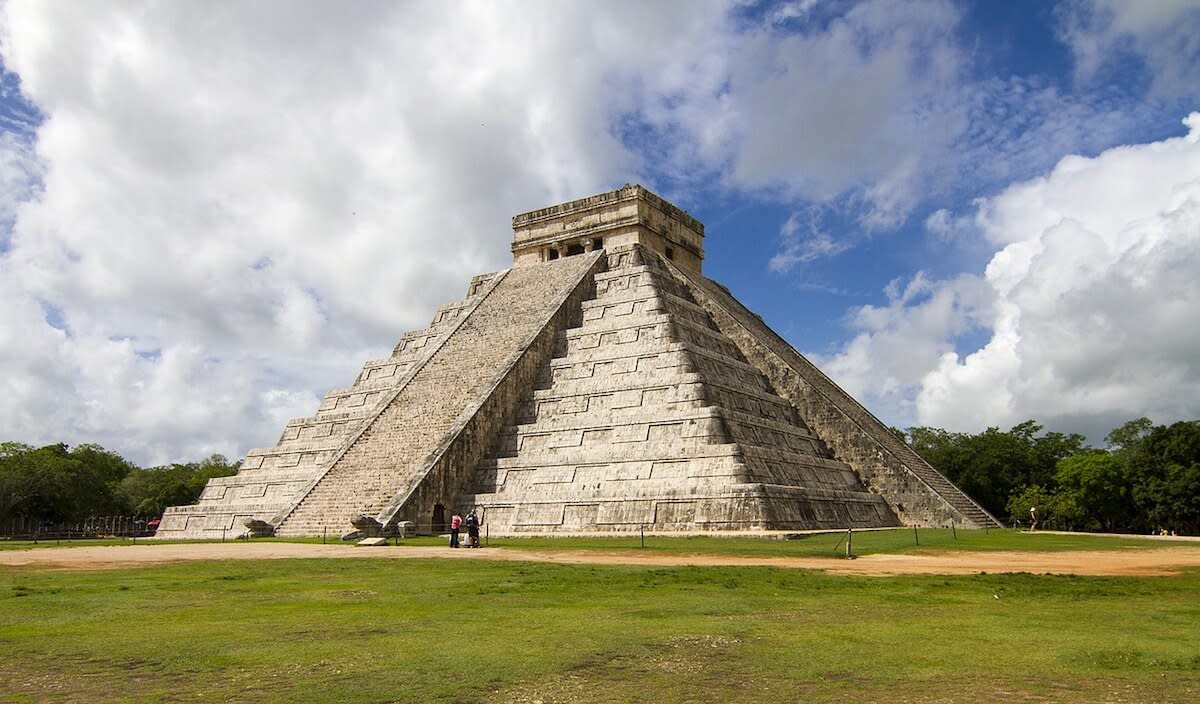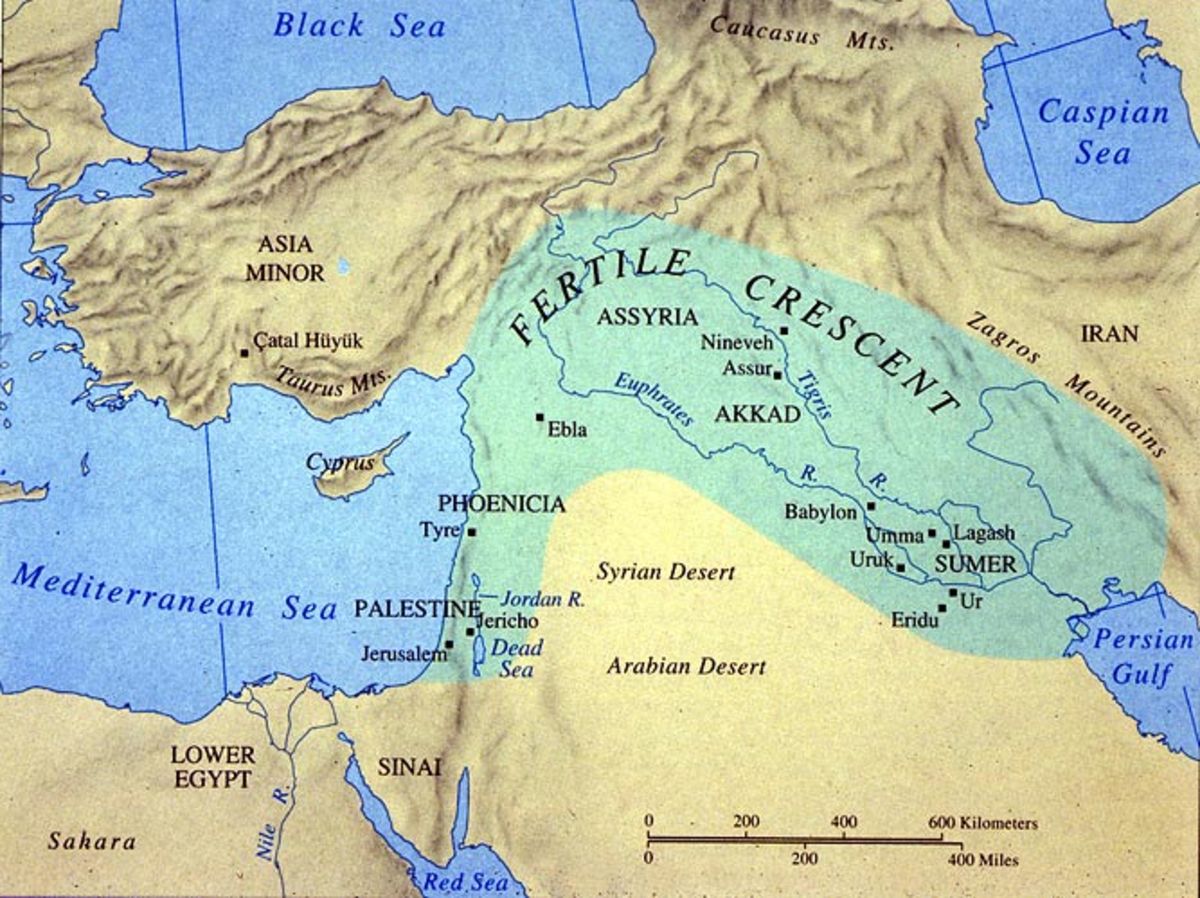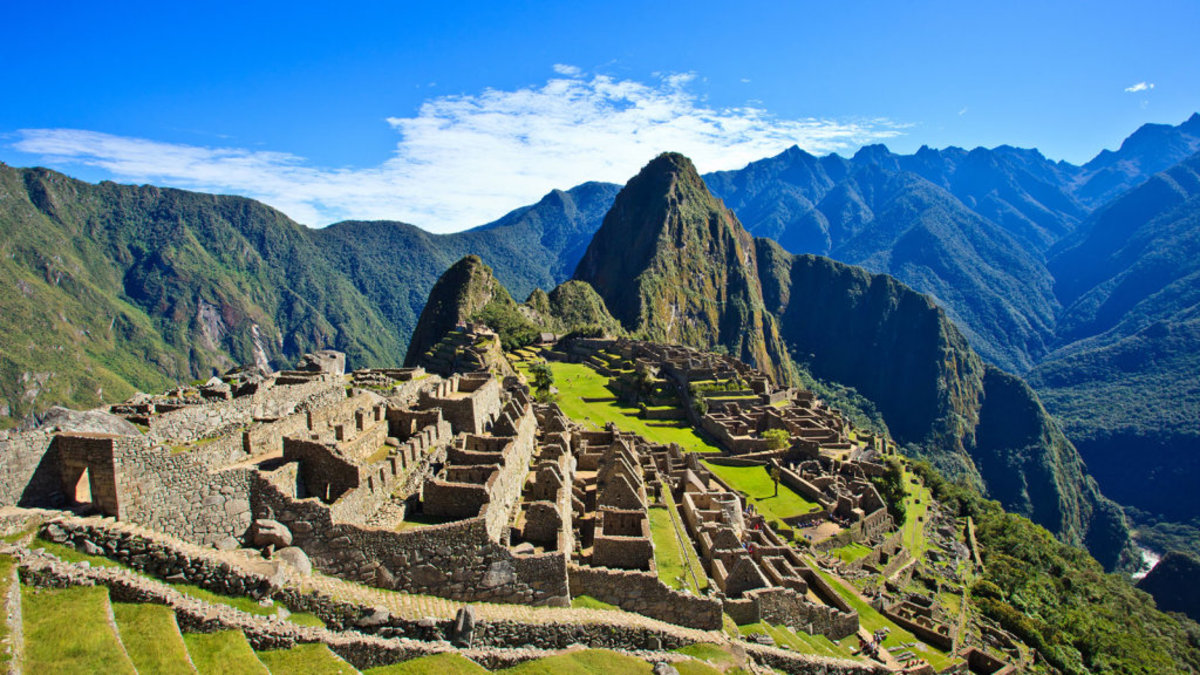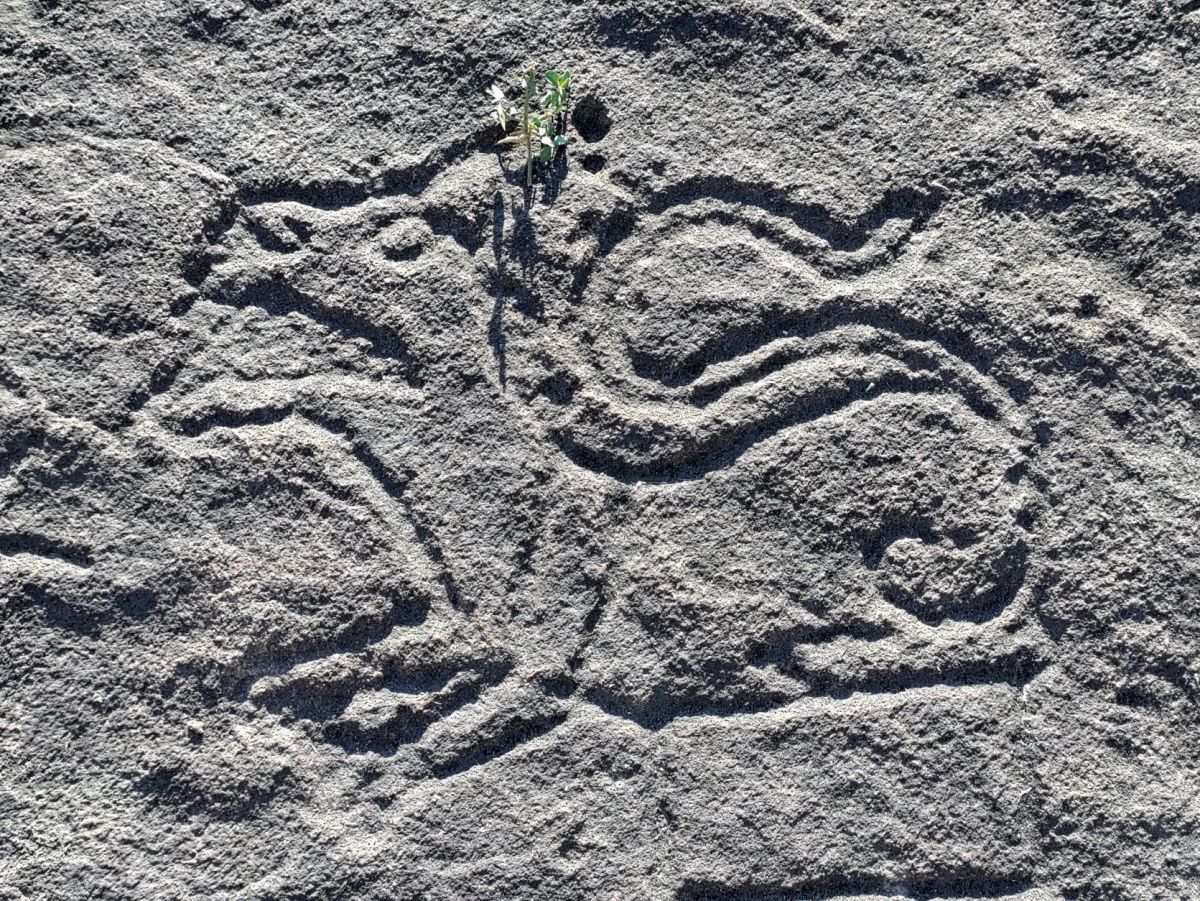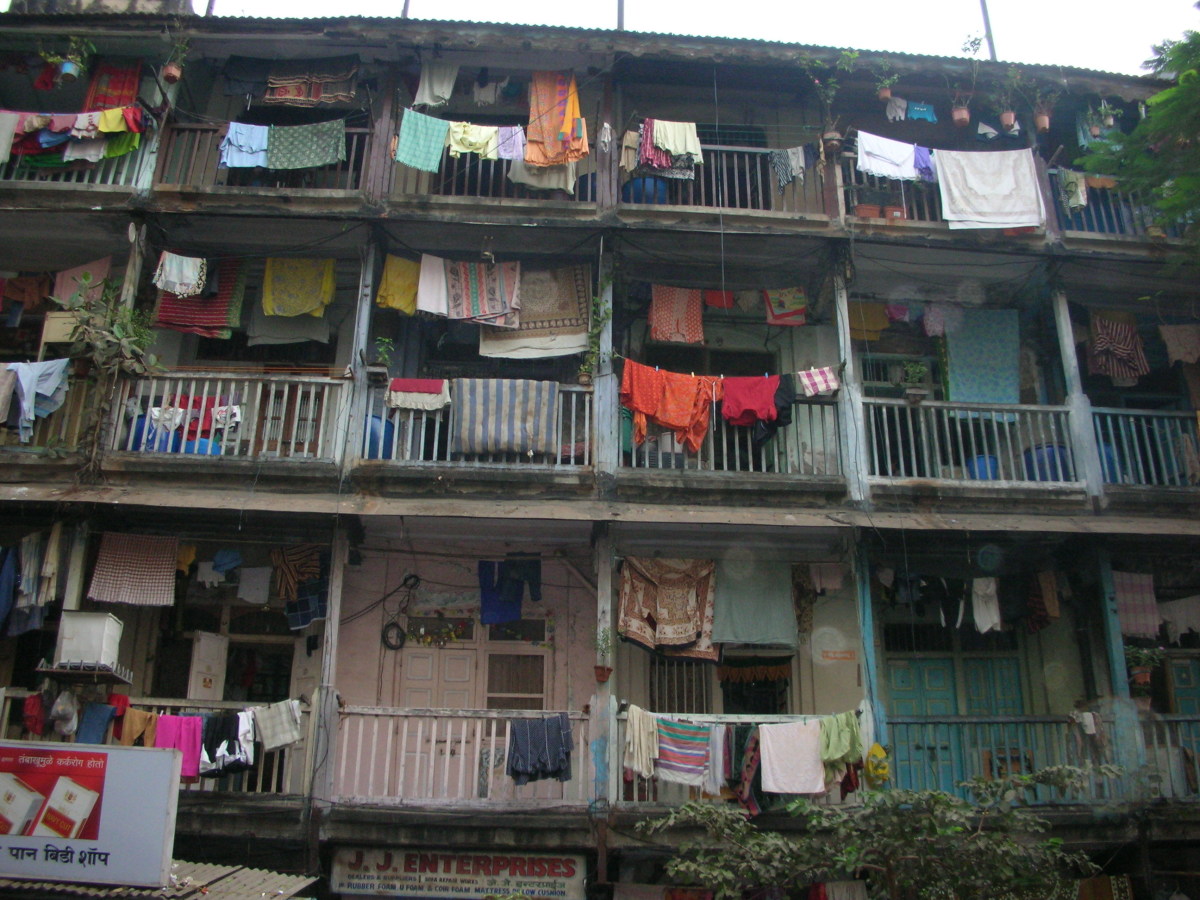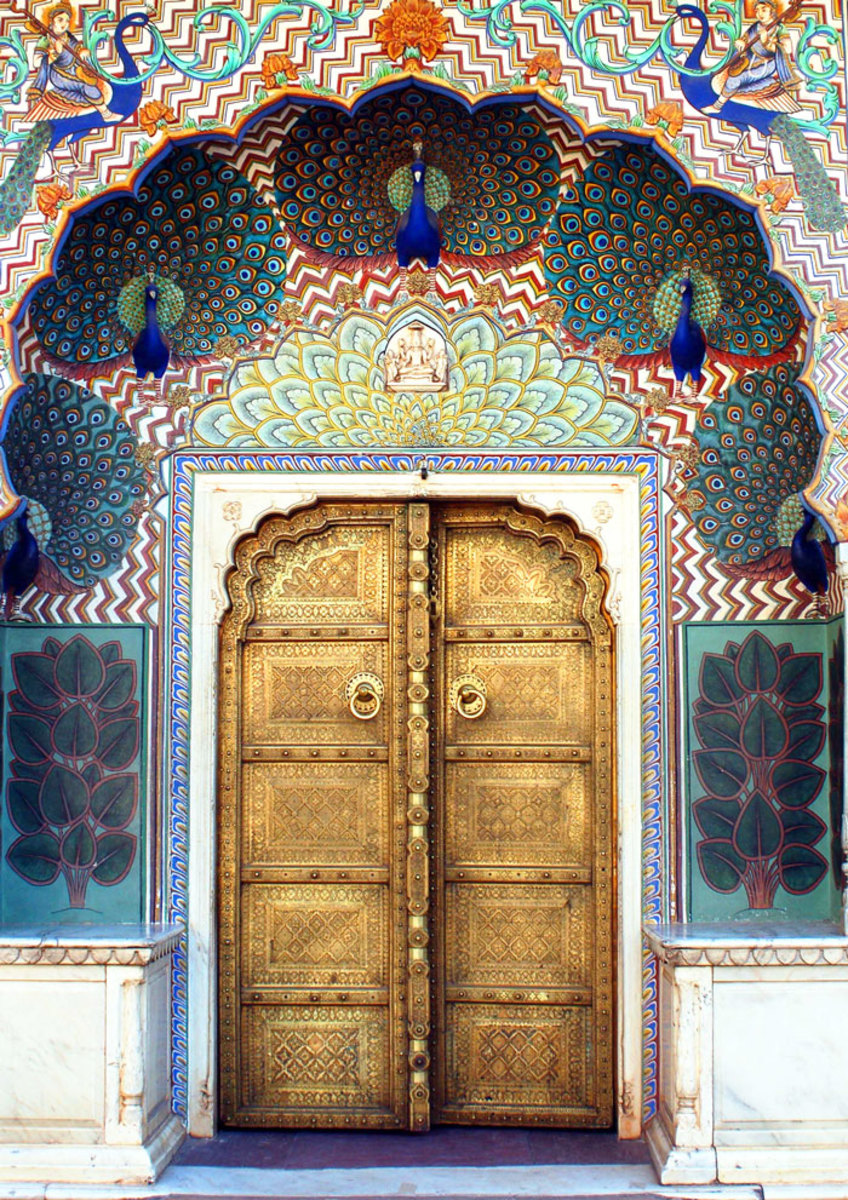- HubPages»
- Travel and Places»
- Visiting Asia»
- Southern Asia
Incredible_India
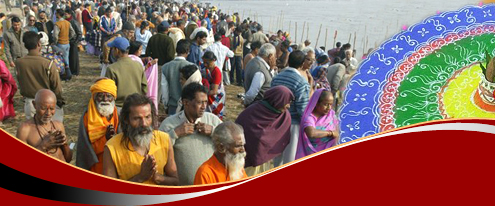
Incredible India
The seventh largest country based on its geographic area and the second largest based on its population, India is a country with the largest democracy in the world that is bound by the Indian Ocean in its south, the Arabian Sea to its West, the Bay of Bengal in the east, and the mighty Himalayas to its north. Hinduism, Jainism, Buddhism, and Sikhism originated here, as did the Indus Valley civilization and latter day empires like the Mughals and the British Raj.
India owes its name to the river Indus which was derived from the ancient language of the land, Sanskrit, naming the river as Sindhu. The Greeks called the Indians "Indoi" meaning people in the land beyond the Indus river, and thus later adaptations gradually became known as India. India was also known as Hindustan from its Persian name, and again notified the people who lived beyond the river Indus.
Origins of the Subcontinent
Evidence has been found that Homo Sapiens first inhabited the subcontinent 75,000 years ago, though one of the major civilizations in the ancient world, Indus Valley Civilization, flourished from 3300 to 1300 BCE. That was around the time the Egyptian Civilization also came into existence. This was later followed by the Vedic civilization with the advent of the Iron Age. It was during this period that Gautama Buddha and Mahavira preached their philosophies, Buddhism and Jainism respectively, around the sixth century BCE.
During the fourth and third century BCE, the Mauryans ruled India. Subsequent to their rule, for the next 1500 years, the subcontinent was ruled by various other middle kingdoms. Hinduism and Buddhism spread to most of Asia during this period, including China, Thailand, Japan, Indonesia, Korea and other countries. Some kingdoms in Southern India also had links with the Roman Empire as early as 77 CE.
The Turks invaded the subcontinent and established the first Muslim rule in India in 1206 CE. After their empire went into decline,some powerful Hindu dynasties ruled the vastness until the Mughals from Central Asia invaded the country in the 16th century and gradually conquered the entire subcontinent. This empire also went into decline by the time the British arrived in the late 18th century. The British subsequently annexed the entire country, and ruled with efficient governance until they granted India its independence in 1947. India thus became a vibrant democracy at the stroke of midnight on August 15 of that year, and has grown over the years to be the most populous democracy in the world today.
India since Independence
India became a republic in 1950, but was an independent nation and member of the British Commonwealth in 1947 after its independence. During the British rule, India consisted of various princely states and provinces. These states, upon independence, were given the option to either remain independent or join the Indian Union or Pakistan, a nation that had been forged out of India based on Muslim predominance in the north and the east of the country. All but three states remained defiant to join India with two states located well within its heartland, preferring to join Pakistan based on their rulers preference with them being Muslims. These two states were annexed subsequently by the union, and the State of Jammu and Kashmir with a Muslim majority and a Hindu king was divided between India and Pakistan based on a line of control after ceasefire of the war between the two nations from 1947 to 1949. Meanwhile, India had adopted its own constitution in 1949 and became a democratic and sovereign republic with its first President that year. India has over the years been ruled democratically elected governments with a fixed tenure of four years every term.
Indian Heritage
India is a colorful and vibrant country that is diverse in its faith, culture, custom and language. It gave the world the concept of "zero." Buddhism, Jainism, Sikhism, and Yoga originated here as did the sound "Aum," a primordial origin of internal vibration in synchrony with the cosmos. It is a land of contrast that is staggering in its diversity with close intermingling of modernity and tradition.
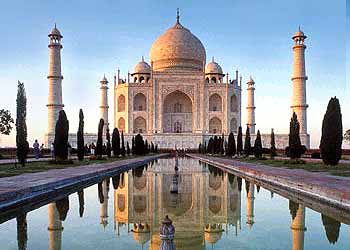
The Taj Mahal above is one of the finest mausoleums ever built dedicated to the love of an emperor for his wife. Shah Jehan, the Mughal Emperor of India in 1632, was so grief stricken when his wife Mumtaz Mahal died that he decided to build a monument in her memory. The emperor wrote the following words that are still inscribed on the walls of the Taj:
Should guilty seek asylum here,
Like one pardoned, he becomes free from sin.
Should a sinner make his way to this mansion,
All his past sins are to be washed away.
The sight of this mansion creates sorrowing sighs;
And the sun and the moon shed tears from their eyes.
In this world this edifice has been made;
To display thereby the creator's glory.
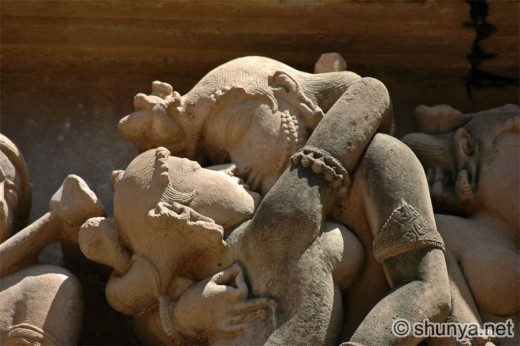
Khajuraho, located in Central India, is a famous archaeological site built from 950 to 1050 CE during the rule of the Chandela Kings. The temples were built to commemorate the cycle of life, and contain sculptures that are sometimes sensual and explicit. The remoteness of the area helped it being preserved from marauding Muslim forces, and most of the temple complex remained intact until a British officer discovered it in 1838. It stands to this day as a mute witness of the era gone by that celebrated love and the cycle of life. The name of the village where the complex is located is derived from "Khajur" or date palms that were found in abundance in that area in times gone by.
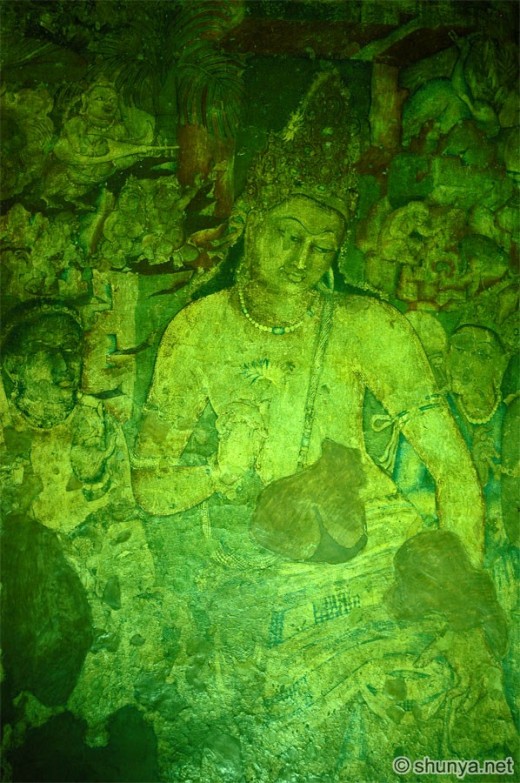
The Ajanta caves, located approximately 100 kms away from the city of Aurangabad that is near the commercial capital of India Mumbai, is a conglomeration of caves cut out from rocks on a hillside with Buddhist monasteries and temples containing extraordinary wall paintings. These structures were built from Ist century BCE to the 8th century CE. The paintings on the walls were done using locally available vegetable and plant dyes, and were carried out during daylight hours by using a rectangular well dug within the cave boundary to reflect sunlight on to the walls. These paintings still survive, unspoiled by the vagaries of time and nature. The image of Bodhistava Padmapani above conveying his blessings has remained etched in my memory despite the passage of a decade since I last visited the place.
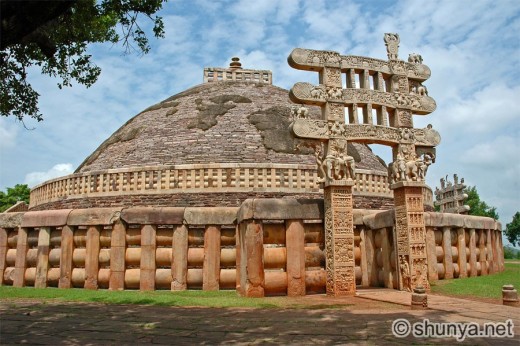
Sanchi, located near Bhopal in central India, is a group of Buddhist monuments with the Great Stupa as above bearing testimony of the spread of Buddhism over India in the early part of the common era. Its construction was begun by Emperor Asoka, one of the greatest emperors India ever had. It depicts connection to the cosmos through the various heavens depicted in its architecture, and is a UNESCO World Heritage site.
These are just but glimpses of the heritage of the vast country that India is. There are forts, temples, wildlife sanctuaries and other places of natural beauty that are magical and fascinating. The Northeastern region of the country is vastly divergent from the Southern part, as is the Western or Northern from the Eastern, but then that is what makes India an incredible country, held together over centuries despite different languages that are not understood by one region from the other, or divergent habits and cultures that are unmistakably different.
Amazing India
Starting from its discovery of the decimal and number system and zero, establishing the first university in the world, to the first calculation of the value of pi, India is also where algebra, trigonometry and calculus originated. The ancient language Sanskrit of India is considered as the precursor of all European languages, as is Ayurveda known as the earliest medicine school in the world. Navigation as an art was also born in India some 6000 years ago, as was the game of chess and construction of dams and reservoirs to hold water for irrigation. Surgery was first conducted in ancient India by the surgeon Sushrut. India today has still been able to maintain its integrity and unity through a democracy that is vibrant and shining. It has developed its own space program where it has successfully put its space vehicle into orbit around the Mars at a fraction of the cost incurred by other countries. It has also been able to develop its own nuclear and missile program independent of other states, and has the largest pool of scientists, engineers and software technologists in the world. It is also the largest English-speaking country in the world. Albert Einstein had once famously said, "We owe a lot to the Indians, who taught us how to count, without which no worthwhile scientific discovery could have been made." Mark Twain had said, "India is, the cradle of the human race, the birthplace of human speech, the mother of history, the grandmother of legend, and the great grandmother of tradition. Our most valuable and most instructive materials in the history of man are treasured up in India only." Romain Rolland, the French scholar, said, "If there is one place on the face of earth where all the dreams of living men have found a home from the very earliest days when man began the dream of existence, it is India." That is what India is all about!
